What is the best model for your Sponsored Product Ads offering?
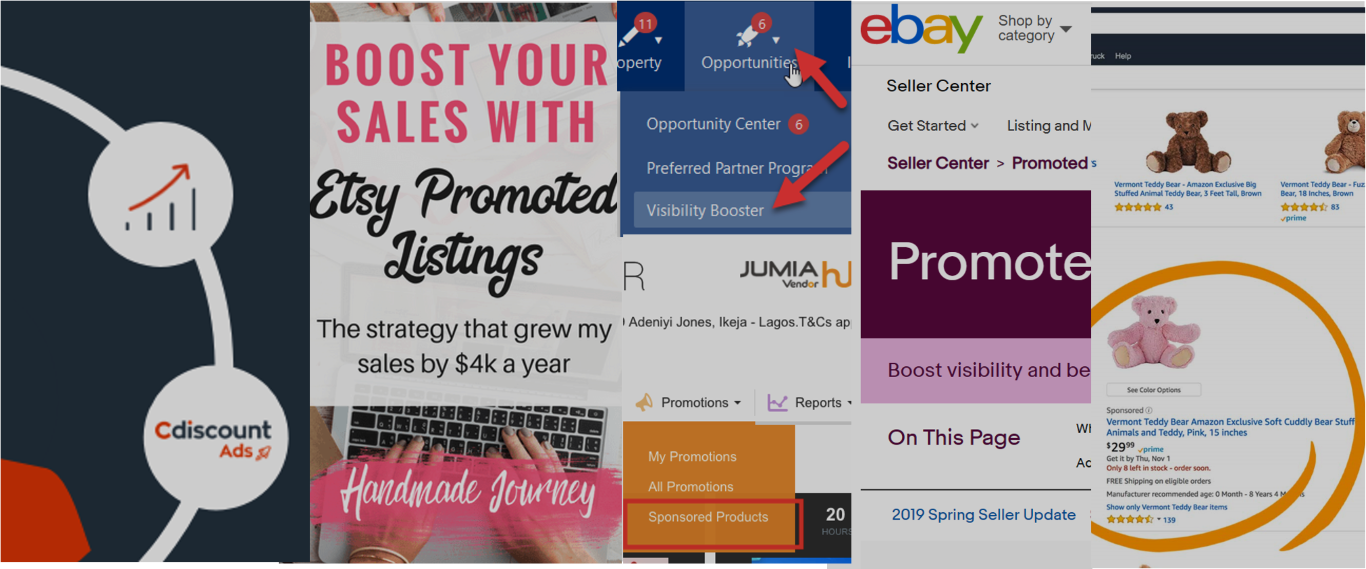
As most of the online retailers and marketplaces absorbed the value of their media to the sellers and are offering Sponsored Product Ads, it’s now time to discuss what is the model they should adopt.
From CPM (cost for one thousand views of an ad) to CPC (cost per click) to CPP (cost per purchase), from flat simple click plans to comprehensive bundles. From prepaid to postpaid.
Here is how the big players are doing it.
Amazon
Amazon offers a CPC model where “You bid the maximum amount that you’re willing to pay when a shopper clicks an ad for your product. The more competitive your bid, the more likely your ad is to be displayed when it matches an Amazon customer’s search….Cost-per-click (CPC) advertising is a type of paid advertising where ads display at no charge—ad impressions, or views, are free—and the advertiser is charged only when a customer clicks the ad. Sponsored ads—such as Sponsored Products and Sponsored Brands (formerly Headline Search Ads)—run on the CPC model.”
However, in order to run Sponsored Product Ads the seller must become a professional seller first, meaning that on top of the advertising budget that the seller is going to pay for the clicks Amazon will charge him a flat monthly fee of $39.99.
Becoming a professional seller offers not just the ability to run Sponsored Product Ads but a whole bundle of services and benefits such as no per sale closing fee, an access to order reports and order-related feeds, the option to customize shipping rates etc.
The sellers are charged each time they accumulate a certain amount of click charges (which they refer to as the credit limit) – The credit limit begins at $50 and increases each time the seller reaches his credit limit and makes a successful payment. From $50, it increases to $150, $200, $350, and finally $500.
The sellers are charged automatically at the beginning of each month for the previous month (using the credit card they registered with)
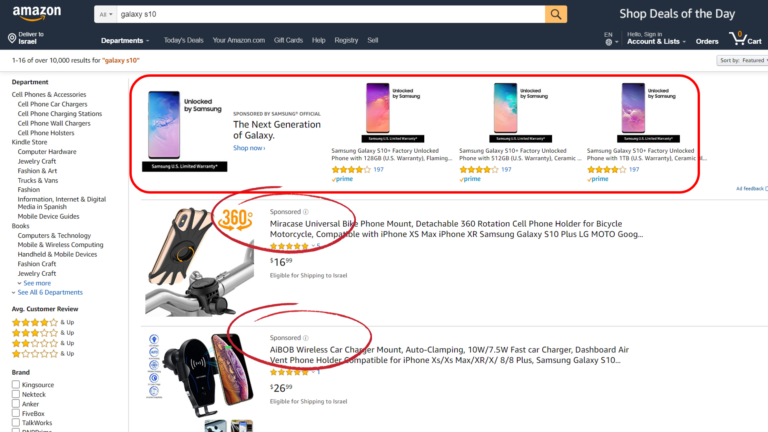
eBay
eBay who is “on track towards a $1 billion advertising revenue opportunity” is one of the few marketplaces that currently offers a CPP model where the sellers pay only when and if someone buys the promoted products: “You’re not charged until a buyer clicks on your promoted listing and purchases the promoted item within 30 days”.
The cost is set by the seller as a percentage of an item’s final sale price (“Ad rate”).
To get more impressions the sellers need to have a competitive ad rate and eBay shows them the avg. Ad rate for the products that they want to promote so they get the ballpark.

The payment for the ads is done when a shopper buys the promoted product and is deducted from the payment to the seller.
Recently eBay said they will move to CPC.
During eBay, Q4 2018 Earnings Call, Devin Wenig, their CEO, said that “There’s been demand for a CPC model to go along with the CPA model and I would expect that at some point during the year, we’ll roll out a CPC model for brands in particular to complement the CPA model”.
Read more about eBay Promoted Listings here.
The other example of a website that uses a CPA model is from the travel industry.
Booking.com
Booking.com offers hotels (they are their sellers) to boost their listings in 2 ways, both of them are CPP – One of them is called “Visibility booster” where the hotel can choose specific dates that they want to promote and then set a higher commission that they are willing to pay. Booking.com is not paid for the extra impressions or clicks but only if a shopper is ordering a room (like eBay) and Booking gets the extra commission.
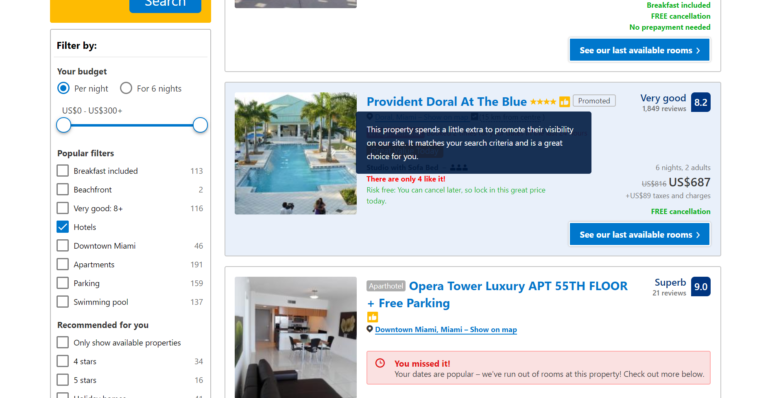
The other option is to become a “Preferred partner”. This option is available to qualified hotels (good reviews, clean payment history etc.). according to Booking.com “Preferred partners tend to have more visibility from more potential bookers, with an average of up to 65% more page views – and 35% more bookings.”
They are also expected to increase their commission to booking.com.
Read more about Booking.com Visibility booster here.
Etsy
Etsy offers a CPC model but by default the sellers don’t choose their max bids and the bidding is done automatically by the algorithm based on the seller’s daily budget and other factors. The sellers can still manually choose their bids.
The fees for Promoted Listings are deducted daily and are shown in the seller payment account.
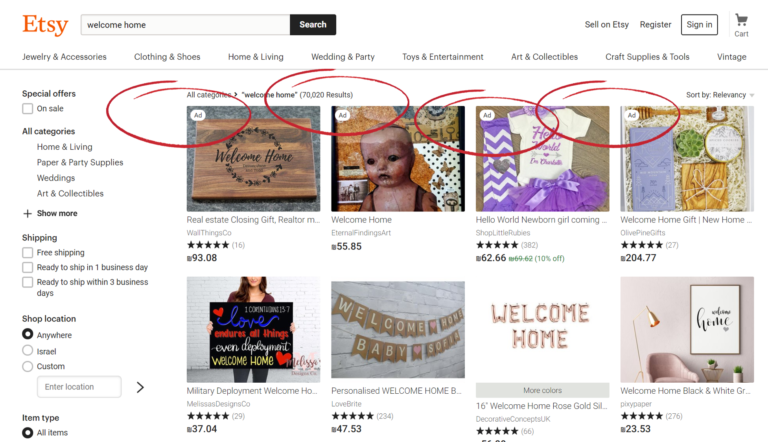
Etsy also offers a $10 monthly bundle “Etsy plus” that includes $5 credits for Promoted listings.
If not used during the month then the $5 Promoted Listings credit will expire and will not roll over month to month. Some of the other benefits that the plan includes are advanced shop home customization options, the option to enable shoppers to receive alerts when your items are back in stock etc.
Etsy is planning to launch a new plan soon called “Etsy Premium” which will offer a “full set of advanced business management tools for larger scale sellers, including all of the tools available in Etsy Standard and Etsy Plus.”
The plans are billed on a monthly basis.
Read more about Etsy Promoted Listings here.
Here are some examples of how it works in big marketplaces outside the US.
AliExpress
eCommerce media is the number one marketing channel for advertisers in China (bigger then search or social) and Alibaba leads the way with $30B annual ad sales (3 times bigger than Amazon).
AliExpress (Alibaba’s B2C marketplace) offers sellers a pay per click service for promoting their products (Keyword Advertising).
The model is PPC where the sellers can choose automatic keywords or manual keyword targeting.
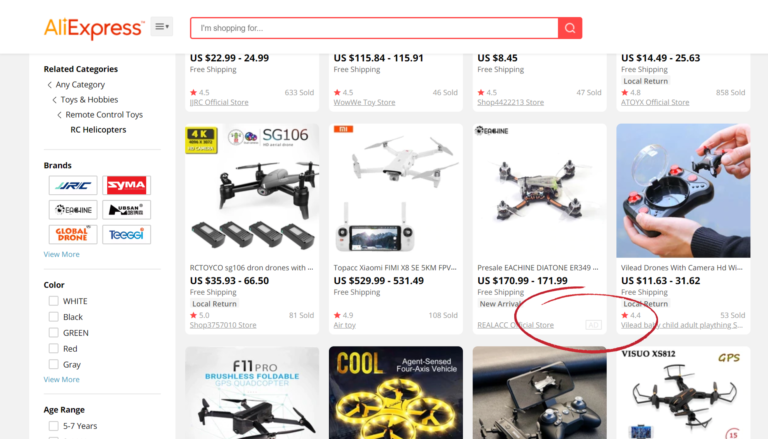
AliExpress also offers bundles for sellers that include promoting some products (not instead of the Sponsored Products but as organic promotion called “showcase”) – the basic Gold Supplier Membership Plan for example costs $1399 per year and includes 5 Products showcase. “Product Showcase is a ranking function that highlights your products within both your customized website and in a buyer’s search results. It can get you over 100x more buyer clicks.”
Read more about AliExpress Keyword Advertising here.
Cdiscount
Cdiscount, the biggest French eCommerce player in France, operates a marketplace with 12,000 professional sellers and offers a self-service Sponsored Products service called “The Pole Position Program”.
The program is CPC based where the sellers set their advertising budget (daily or total) and their bids.
Beside the regular Sponsored Products program they also offer Premium Packs that bundle different benefits and services, including credits for Sponsored Products and premium Headline ads. For example, the Leopard pack costs €100 and includes €80 credits of Sponsored Product Ads alongside with other benefits such as a customizable shop and an Excellence Label. The Unicorn pack costs €1700 and includes €1,000 credits for Sponsored Product Ads and €1,500 credits for Premium Ads.
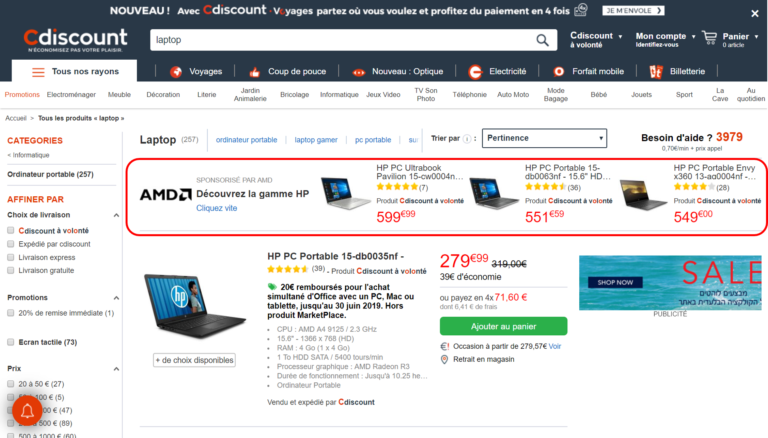
Read more about Cdiscount Sponsored Products here.
Jumia
Jumia, often referred to as “the Amazon of Africa”, offers it’s 80,000 sellers to promote their products using simple prepaid packages of clicks (no bidding or choosing keywords is required).
Professional sellers have an option to run multiple advanced campaigns using their self-service platform where they can choose bidding, budget, keyword targeting options etc.
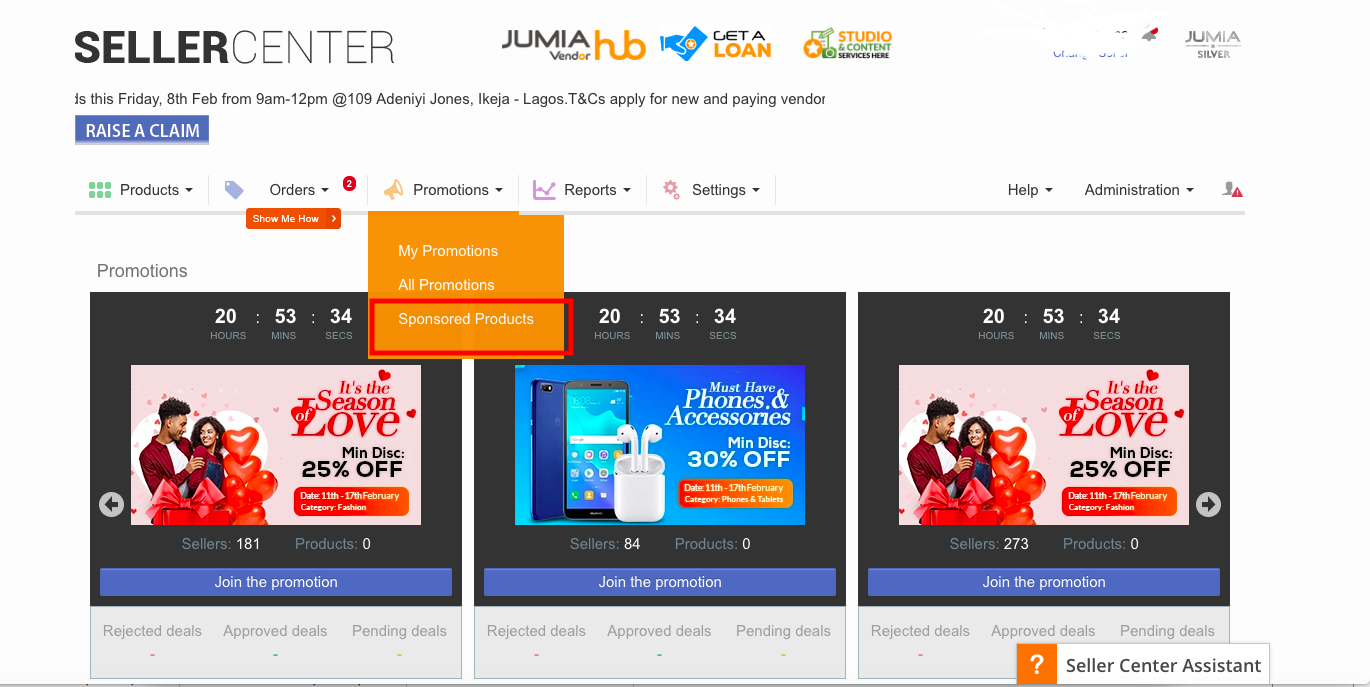
Read more about Jumia Sponsored Products here.
Linio
Like Jumia in Africa, Linio, The big Latin America marketplace also offers it’s sellers to promote their products using simple prepaid packages of clicks (no bidding or choose keywords is required).
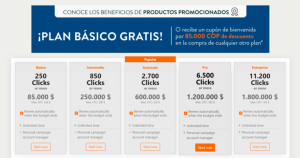
Read more about Linio Sponsored Products here.
If you want to consult someone about your Sponsored Product Ads offering and model feel free to contact Mabaya. We will be happy to help.

